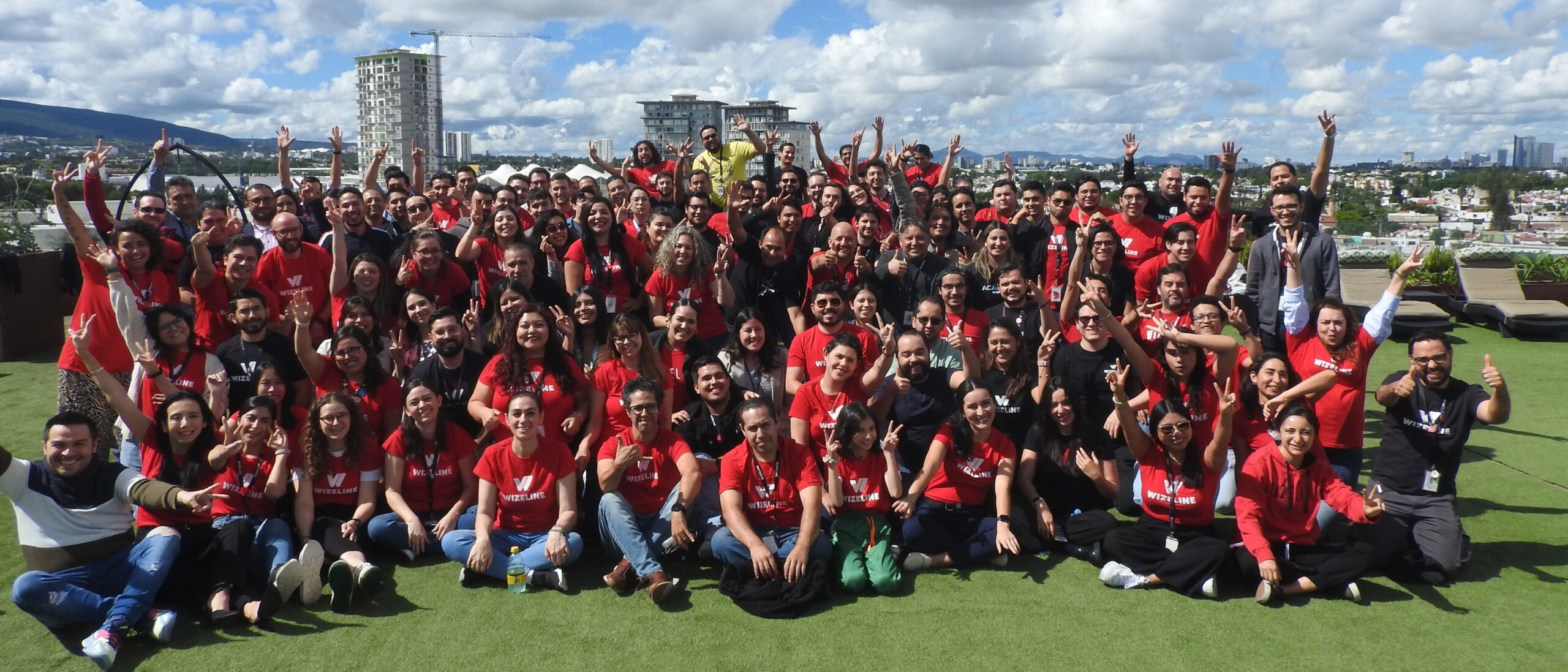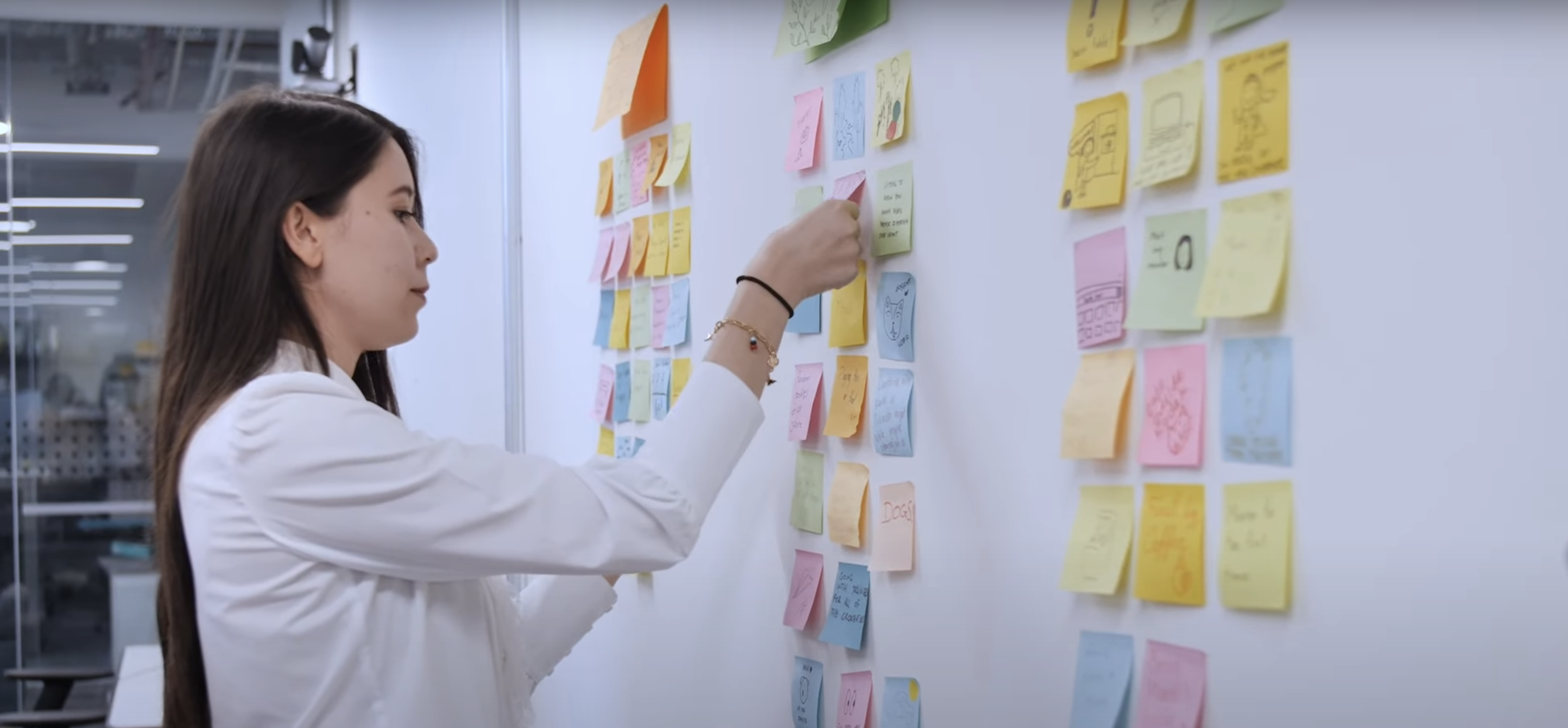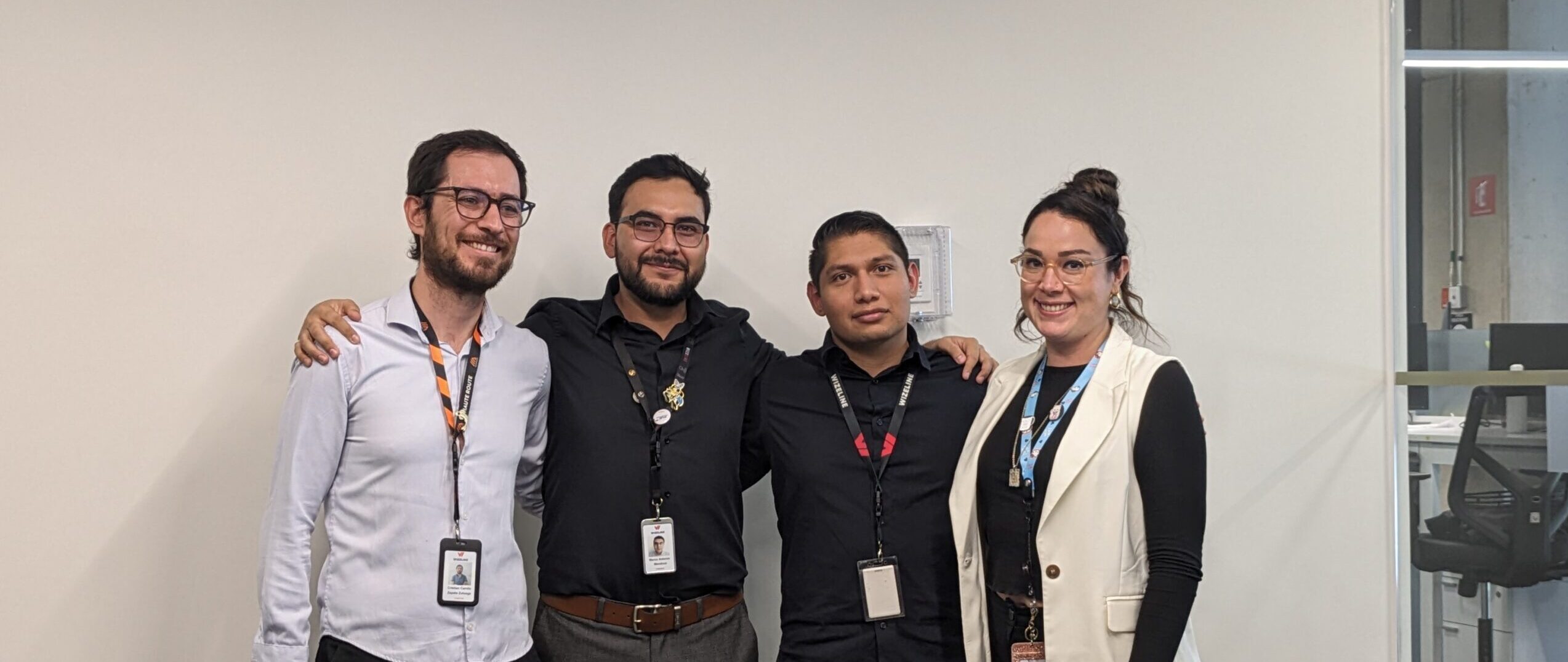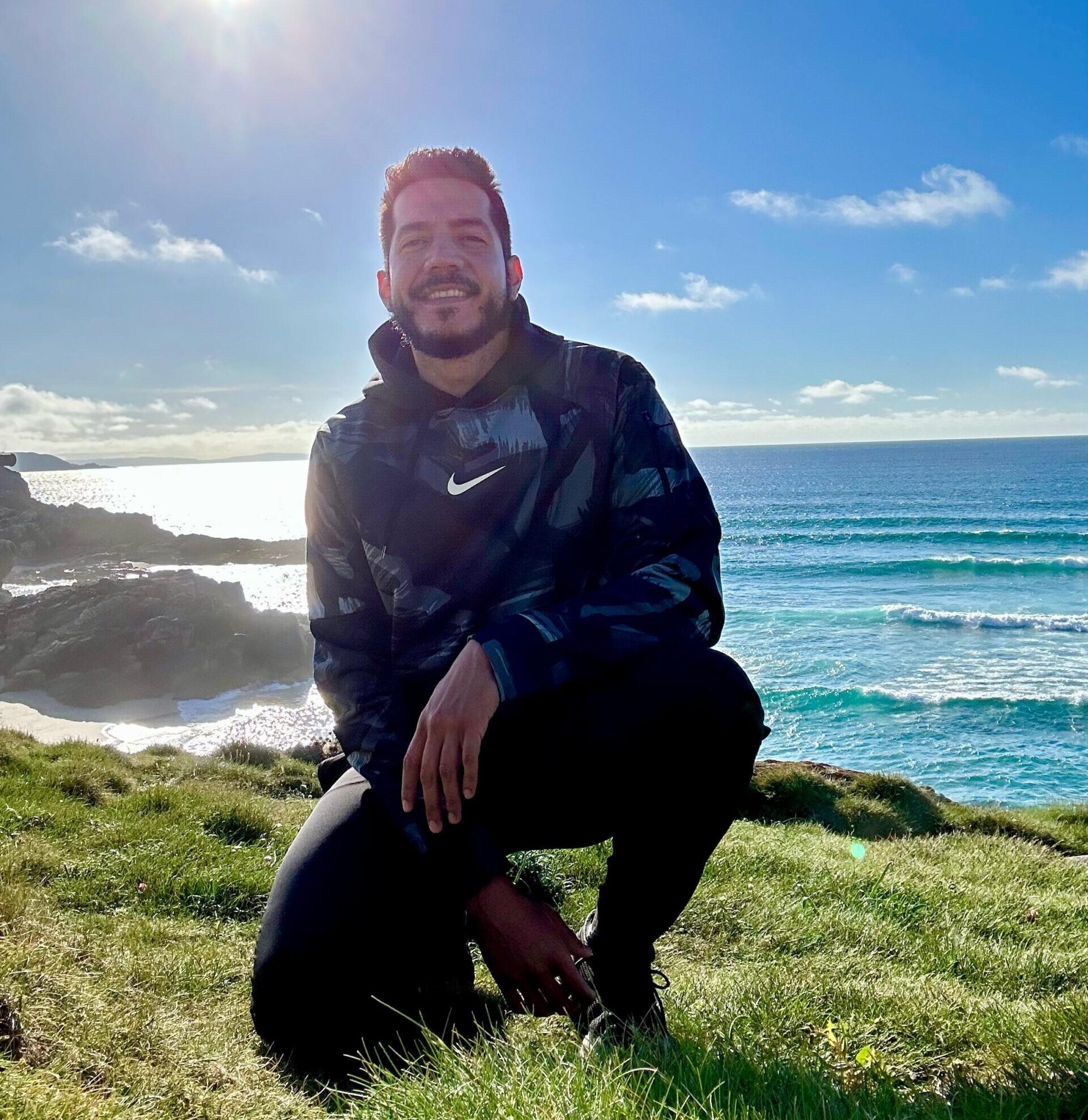Building organizations where everyone feels included
On July 30, Wizeline held a panel with D&I leaders to have a candid and casual conversation around how companies of all sizes can take practical steps toward fostering more inclusive workplaces. Wizeline’s General Counsel and D&I Officer Lin Cherry moderated this panel with Milagros Chirinos, Associate Director, Global Workplace Equality Program at Human Rights Campaign, Hannah Kopeikin, Global Employee Experience & Diversity and Inclusion Manager at Twilio, and Tomas Flier, Global Diversity and Inclusion Lead at Google.
If you don’t have time to watch the entire webinar, this blog post will feature some of the memorable conversations from our panelists. Please note that some of the quotes below have been edited slightly for clarity.
What would you suggest to other companies starting their journey as simple actions to put in place to become more inclusive?
“It’s important to just start. The smaller piece is just starting to do those things [like ERGs]. I have the privilege at Twilio to program manage our ERGs, these are the most incredible people I work with and they are really living the values of our organizations…provide budget to them…they’re not just social organizations…create executive sponsorship. Recognize and reward successes. This work is hard and systematic, the barriers we’re trying to break down.” – Hannah
“Look at how you create education and accountability in your people processes and how you remove bias. When you think about hiring…looking at your job descriptions and language that might be gendered or non-inclusive that may deter certain candidates ..Think about interview panels and if they represent the wide array of folks at your company. Thinking about other people processes like performance reviews – are managers giving actionable feedback? Looking demographically at pay and promotions. Look at bias in all of your people processes through the lifecycle.” – Hannah
“Companies are uniquely positioned to bring social change one person at a time. At HRC, I oversee programs for LGBTQ+ inclusion in Chile and Mexico. It’s interesting to be embedded in this work and see what works. I believe that a company should start by evaluating themselves and seeing where they stand in terms of diversity & inclusion, you have to be humble in acknowledging where you are and invest not just money but people and time. If you don’t get feedback from employees, any efforts to make this real will not work. You need to be able to exchange ideas but also to come back to you with ideas of how to make things better. Last, measurement. Create the need to understand and evaluate where you stand in terms of diversity and inclusion.” – Milagros
What’s a smaller initiative that companies can invest in for a significant impact?
“We need accountability from everybody. We cannot what works and doesn’t work, the differentiated strategy for each demographic group, without metrics…starting with metrics are compelling and are a map for us to know if we’re doing it right.” – Tomas
“Just starting. For dialogue and education, there are a lot of amazing things that bigger companies are doing for consistent learning. An easy, free, and quick thing to do, our CEO has a roundtable where he just sits and listens to our employees…you can’t just throw this work into a company without having the dialogue around systems of oppression and the 101 of this work.” – Hannah
“Three practical ways – one thing that’s very effective for LGBTQ+ inclusion is adding pronouns to your email signature or Zoom platform. It’s a great way to help others address and identify as they wish to. Make it a suggestion and not an obligation…you have to be careful and respectful and leave the door open for those who wish to use them at work. Second, if your goal is to hire diverse people from diverse backgrounds, that’s great, but you need that person to thrive, and for that, you need to provide resources. It’s not just about having a picture-perfect advertisement for your company, it’s about helping the people inside thrive and stay at your company. Third, speak up and listen. Creating channels of communication creates better products and better workplaces.” – Milagros
How do you make D&I everyone’s work?
“In the wake of what has happened in recent months, people are waking up to this being a priority may be more than it was in the past. You won’t have successful D&I initiatives if you put it on their plate and walk away. it has to be embedded in your culture…if you’re a larger company, prioritize bringing the education and accountability to everyone…business unit leaders down to people just joining. Like any good way to be persuasive or influence people, show them what’s in it for them.
Being in this work, I like to this it’s obvious why this work is so important, but it isn’t. So many people have spent their whole careers without this being a part of their organizations. there are tons of free studies and research from Harvard Business Review, McKinsey, and others. show that to people to invite them to the conversations. once they are in, meet them where they’re at. I sometimes get ahead of myself and forget that people are at different places in their journey. set goals together that feel realistic…have regular check-ins, be vulnerable yourself, and acknowledge that we’re all in this together. HIghlight success, talk about wins big and small. even if you have a high goal, start with the little win that you have to get them bought in to the work.” – Hannah
We can’t eliminate it, but how can we minimize bias?
“A lot of bias is unconscious. Those preconceived ideas of the world actually affect the way we navigate and understand the world. It’s extremely important to minimize bias by understanding what you’re referring to. What really helped Google to advance this work is focusing on a specific bias. For example, racial awareness, and racial bias. For example, for me, I never thought about my race, which says something; I had the privilege to be oblivious about my race. Being able to talk about this in the first person, not understanding this in a binary of good versus bad people, but understanding that these are systems embedded everywhere. RaceForward.org has published 4 steps that we really follow at Google.” – Tomas
What are some resources to learn more?
We asked our panelists to share some of their go-to resources for educating colleagues about bias and fostering inclusion in the workplace.






